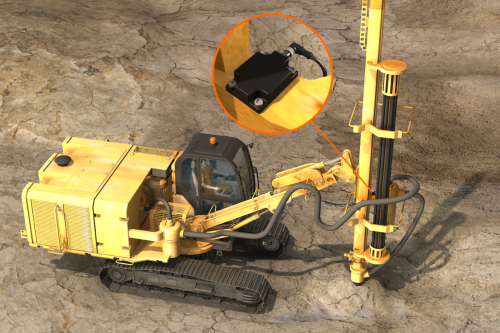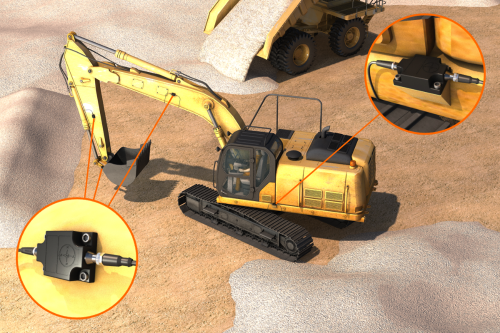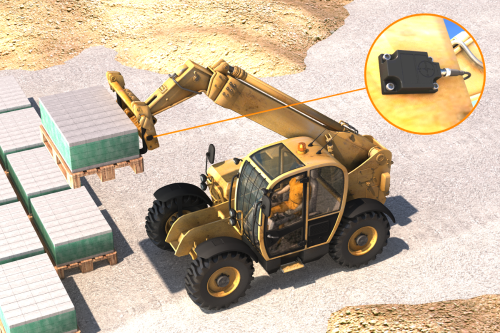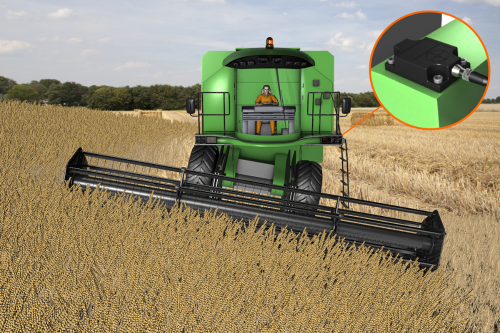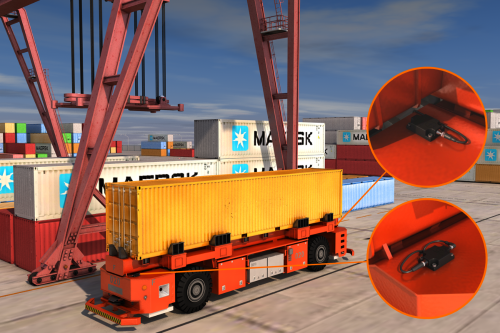- Inclination sensors
- Applications
Applications and use cases
Static applications |
Quasi static applications |
Dynamic applications |
|
| Dynamic inclination sensor type JDxxx |
|||
| Static inclination sensor type JN2xxx |
|||
| Static inclination sensor type EC20xx |
|||
| Task | Application examples | ||
Angle measurement Area monitoring Mostly 1-axis “Angle A to angle B” |
Mobile cranes Angle and height measurement of the boom |
Tippers Angle monitoring during loading and unloading “open/ closed” |
Wheel loaders Loading and discharge monitoring of bucket and boom “up/ down” |
Alignment Classical levelling Mostly 2-axis “Keep everything perpendicular” |
Lifting platforms Chassis and platform levelling |
(Truck-mounted) telescopic platforms Mast and basket alignment |
Vehicle cabins Alignment of the driver’s cabin |
Positioning Advanced angle measurement Often 2-axis “Spatial positioning” |
Cranes Support and stability, boom and load monitoring |
Drilling tools Positioning and position control Drill hole monitoring/ drill hole quality |
Excavators Depth and distance measurement Run-dry monitoring |
Static applications: non-moving applications with no or small influence of vibrations and/or external acceleration
Quasi static applications: applications with weak to medium influence of vibrations and/or external uniform acceleration
Dynamic applications: moving applications with medium to high influence of vibrations and external acceleration
Static inclination sensors – application examples
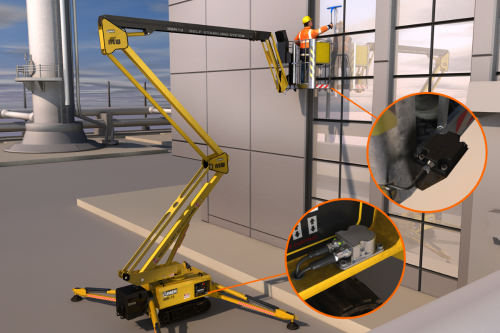
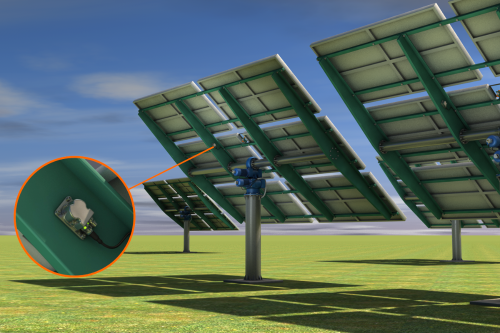
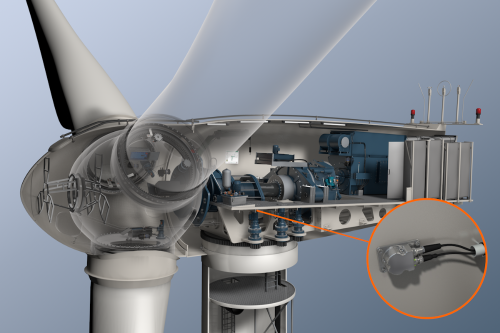
Dynamic inclination sensors
